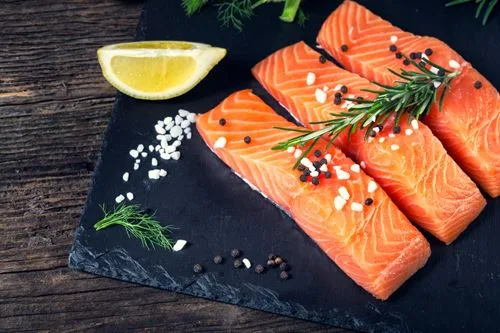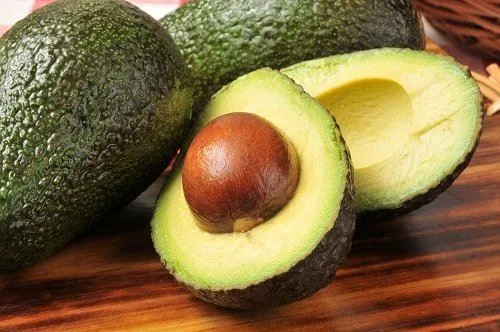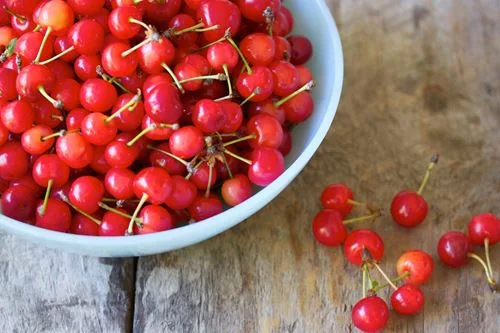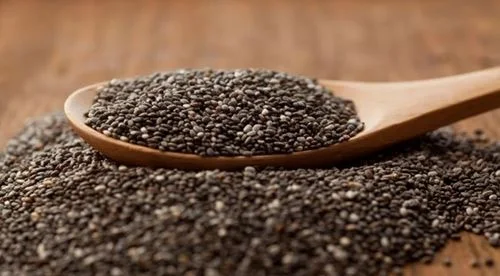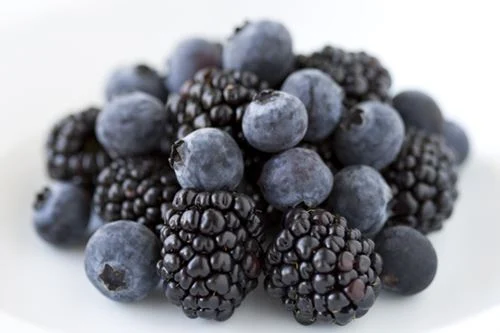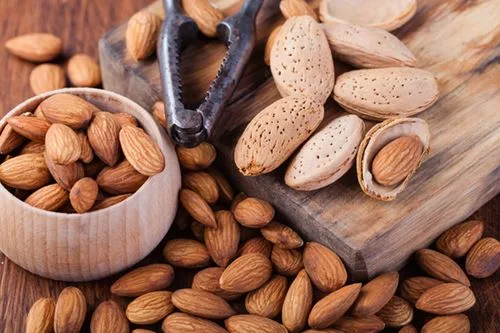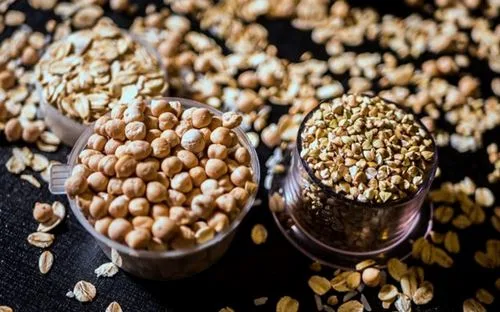Everyone loves a good sugary or carb-loaded treat now and again, but if you suffer from diabetes or even prediabetes, it’s important to manage your diet so that you don’t push your blood sugar levels to a dangerous place.
Understanding the Dynamics of Blood Sugar Levels
Managing optimal blood sugar levels is crucial for overall health and well-being.
In this comprehensive exploration of "Blood Sugar Levels," we delve into the intricate dynamics that govern glucose balance within the body.
From the basics of glycemic control to the impact of diet and lifestyle choices, we unravel the key factors influencing blood sugar levels.
This insightful examination serves as a foundation for readers seeking a deeper comprehension of their metabolic health.
Actionable Insights for Maintaining Healthy Blood Sugar Levels
In our pursuit of health and vitality, maintaining balanced blood sugar levels stands as a paramount objective.
This segment provides actionable insights, empowering readers with practical steps to regulate their glucose levels effectively.
From mindful dietary choices to incorporating regular physical activity, we offer a roadmap for sustainable lifestyle changes that positively impact blood sugar.
Explore proven strategies, backed by scientific research, to foster stable blood sugar levels and embark on a journey towards enduring well-being.
As we navigate the multifaceted realm of "Blood Sugar Levels," it becomes evident that awareness and proactive measures are pivotal.
To underscore the significance of this crucial health aspect, it's imperative to acknowledge that maintaining stable blood sugar levels is not just a medical necessity but a lifestyle commitment.
11 Low Glycemic Foods to Keep Your Blood Sugar Levels Down
If you have been diagnosed with prediabetes, the good news is that diet can help to significantly to reverse the condition.
On the other hand, if you are diabetic, medication is most likely necessary to control your body’s blood sugar levels.
No food, herb, or supplement can lower blood sugar, but certain foods are good for a diabetes diet because they don’t raise blood sugar when consumed. Luckily, there is an easy way to determine which foods these are.
The scale that manages how much a particular food raises blood sugar is called the glycemic index. Foods that are low on the glycemic index are ideal for people watching their blood sugar.
We have collected a list of 11 low glycemic foods, and despite what you might think, they are all flavorful choices you won’t have to force yourself to eat. Some, like #4 and #7, are even sweet!
No food, herb, or supplement can lower blood sugar, but certain foods are good for a diabetes diet because they don’t raise blood sugar when consumed. Luckily, there is an easy way to determine which foods these are.
The scale that manages how much a particular food raises blood sugar is called the glycemic index. Foods that are low on the glycemic index are ideal for people watching their blood sugar.
We have collected a list of 11 low glycemic foods, and despite what you might think, they are all flavorful choices you won’t have to force yourself to eat. Some, like #4 and #7, are even sweet!
1. Fish With Omega-3 Fatty Acids
Protein is also much more filling and satisfying than carb-heavy meals, so it helps manage blood sugar because the urge to snack is reduced.
Fish are a great source of protein with the added bonus of omega-3 fatty acids.
That makes fish an ideal protein for a diabetes diet because omega-3 fatty acids have been found to increase levels of a hormone called adiponectin which improves insulin sensitivity and lowers the risk of developing full-blown diabetes.
The best types of fish for omega-3s include salmon, albacore tuna, mackerel, trout, and halibut.
Garlic could very well be considered THE spice of life. It is very tasty yet has no carbohydrates, so it doesn’t feature on the glycemic index at all. You can use as much garlic as you’d like to flavor your meals without worrying about a bump in blood sugar.
In fact, garlic has been found to lower fasting blood glucose. Studies have shown that onions have a similar effect on blood sugar, probably because both garlic and onions contain a compound called allicin that gives them their distinctive taste and smell.
Fruit does contain natural sugar and it will raise your blood sugar, but some fruits still score low on the glycemic index and can be safely eaten on a diabetes diet. Sour cherries are a great example.
They contain a compound called anthocyanin that has been found to protect against both diabetes and obesity. Sour cherries have a relatively low GI score, too. Only grapefruit scores lower, so both of these fruits can be a great substitute for sweeter bananas, pears, and apples.
Chia seeds represent an impressive little package of nutrition, including lots of fiber and healthy fat, plus antioxidants, omega-3 fatty acids, and calcium.
Research has shown that eating chia seeds regularly can lower your LDL cholesterol and triglyceride levels, both of which are dangerous when they get too high. Chia seeds will not trouble your blood sugar in the least as they have a GI score of 1.
Here is another sweet treat you can look forward to. Blueberries and blackberries rank a bit higher on the glycemic index than sour cherries but are still well within the range of low glycemic foods with GI scores of about 40.
These fruits are also high in fiber and contain important anthocyanins to prevent a blood sugar spike. One particular study found that adding blueberry to smoothies can improve insulin sensitivity in people who have insulin resistance.
Different varieties of nuts have different GI scores, but most are still considered low glycemic food. Almonds (with a GI score of 0) are especially good for a diabetes diet because they have been found to regulate blood sugar and limit spikes after eating.
In fact, studies have shown that people who eat 2 ounces of almonds per day have lower fasting glucose and insulin levels. Almonds may also be able to increase insulin sensitivity in prediabetics. Incidentally, the nut with the highest GI score is the cashew, at 22.
Eggs have had a somewhat spotty reputation due to their cholesterol content, but studies have proven that eating eggs doesn’t actually raise bad cholesterol numbers.
For people with diabetes or prediabetes, eggs are a fantastic healthy staple because they are loaded with protein and have a glycemic index score of 0.
As long as you don’t add a ton of sugar or cream to your brew, coffee is one habit you can feel good about keeping.
2. Avocados
There has been a lot of talk in the media about the fact that avocados represent “good fat” but little explanation of what that actually means.
The fats in avocados are primarily polyunsaturated fatty acids (PUFAs) and monounsaturated fatty acids (MUFAs), which can actually improve insulin sensitivity as well as improve blood pressure, reduce inflammation, and increase feelings of satiety after eating.
Avocados are a low glycemic food that researchers believe can lower your risk of developing metabolic syndrome, which is simply a name for a group of risk factors that can lead to diabetes. Except for the steep price tag, there’s no reason not to enjoy avocado every day.
Garlic
In fact, garlic has been found to lower fasting blood glucose. Studies have shown that onions have a similar effect on blood sugar, probably because both garlic and onions contain a compound called allicin that gives them their distinctive taste and smell.
Sour Cherries
They contain a compound called anthocyanin that has been found to protect against both diabetes and obesity. Sour cherries have a relatively low GI score, too. Only grapefruit scores lower, so both of these fruits can be a great substitute for sweeter bananas, pears, and apples.
Chia Seeds
Research has shown that eating chia seeds regularly can lower your LDL cholesterol and triglyceride levels, both of which are dangerous when they get too high. Chia seeds will not trouble your blood sugar in the least as they have a GI score of 1.
Leafy Greens
You probably knew this was coming. We are always encouraged to eat our leafy greens, no matter the ailment. That’s because foods like lettuce, spinach, collards, kale, Swiss chard, and turnip greens are high in fiber and critical nutrients. Two, in particular, magnesium and vitamin A, can help lower blood sugar.
If you can manage 1.35 servings per day, you’ll get a 14% reduction in the risk of developing type 2 diabetes.
Blueberries and Blackberries
These fruits are also high in fiber and contain important anthocyanins to prevent a blood sugar spike. One particular study found that adding blueberry to smoothies can improve insulin sensitivity in people who have insulin resistance.
Almonds and Other Nuts
In fact, studies have shown that people who eat 2 ounces of almonds per day have lower fasting glucose and insulin levels. Almonds may also be able to increase insulin sensitivity in prediabetics. Incidentally, the nut with the highest GI score is the cashew, at 22.
Eggs
For people with diabetes or prediabetes, eggs are a fantastic healthy staple because they are loaded with protein and have a glycemic index score of 0.
Whole Grains
If you are concerned about blood sugar, you need to choose your carbohydrates carefully. One guiding principle of this is to always eat whole grains over refined grains. The latter have been processed so extensively that virtually all nutritional value is stripped away.
Whole grains, on the other hand, contain much more fiber, nutrients, and phytochemicals (naturally occurring chemicals found in plants). Whole grain bread scores around 51 on the glycemic index, so it is still something best eaten in moderation.
Coffee
Great news, coffee lovers! You may actually be healthier if you bump your coffee intake up by a cup a day. Of course, this depends on how much you’re drinking already, but some studies suggest that drinking more coffee, whether caffeinated or decaffeinated, can lower your risk of type 2 diabetes by over 10%.
As long as you don’t add a ton of sugar or cream to your brew, coffee is one habit you can feel good about keeping.
Conclusion
To manage diabetes, reverse prediabetes, or reduce your risk of developing either, it’s important to make sure your diet is rich in foods that score low on the glycemic index.In general, foods are considered low glycemic if they have a score of 55 or lower. Remember that this index rates food that contains carbohydrates, so there are plenty of choices that score 0.
Still, carbs are an important part of our daily diet as they provide ready fuel for energy.
The goal of any low-GI diet should be to moderate your consumption of carbohydrates such that you have enough energy to power through your day without leaving extra sugar floating around in your bloodstream.
It can be a fine line to walk, but the 11 foods on our list are all healthy choices you can eat without worry.
Still, carbs are an important part of our daily diet as they provide ready fuel for energy.
The goal of any low-GI diet should be to moderate your consumption of carbohydrates such that you have enough energy to power through your day without leaving extra sugar floating around in your bloodstream.
It can be a fine line to walk, but the 11 foods on our list are all healthy choices you can eat without worry.
Name
Health


